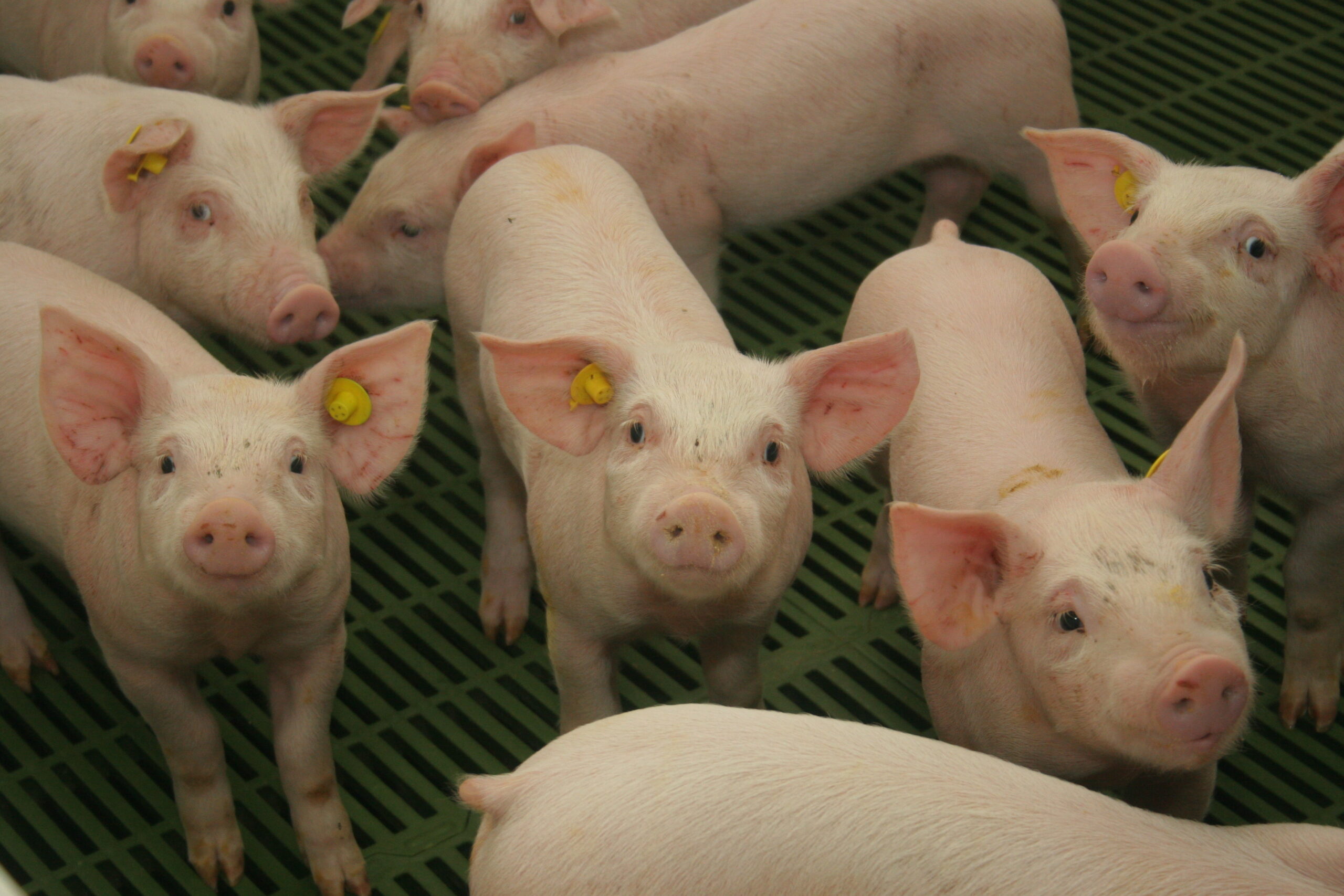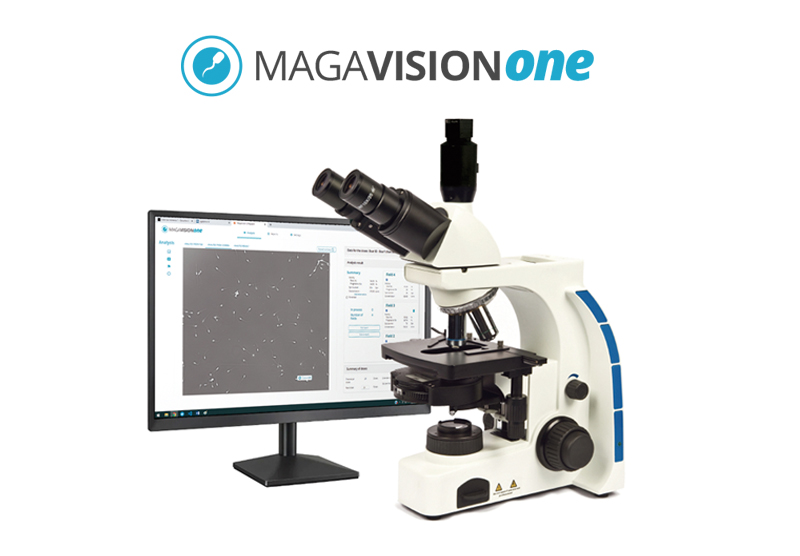The optimal temperature range for the preservation of the semen doses is between 15-17ºC (15-19ºC), in which its useful life is maximized. This is due to the fact that its metabolic activity is decreased at basal levels, without altering the integrity of its membrane and various organelles. It is important to keep this temperature throughout the transport and in the conservation chamber of the farm, avoiding fluctuations in temperature.
The semen doses, being a liquid form, have high thermal inertia, which means that when one high volume is transported hot, the chambers are unable to produce sufficient cooling of the doses during their transport. On the other hand, this is an advantage when transporting doses that have previously reached the desired temperature, either when transported at a controlled temperature or via a delivery company or courier (parcel).
A factor that has been recently studied has been the possible effect of vibrations that occur during transport. As semen doses are being produced in large CIAPs and the routes involve very long distances for long periods of time, depending on their geographical location or the country, vibration is becoming an important factor. In recent years, several authors have described that it can have an impact by increasing the pH of the medium and increasing oxidative stress and, therefore, on mitochondrial activity, acrosome and plasma membrane integrity, as well as motility.







